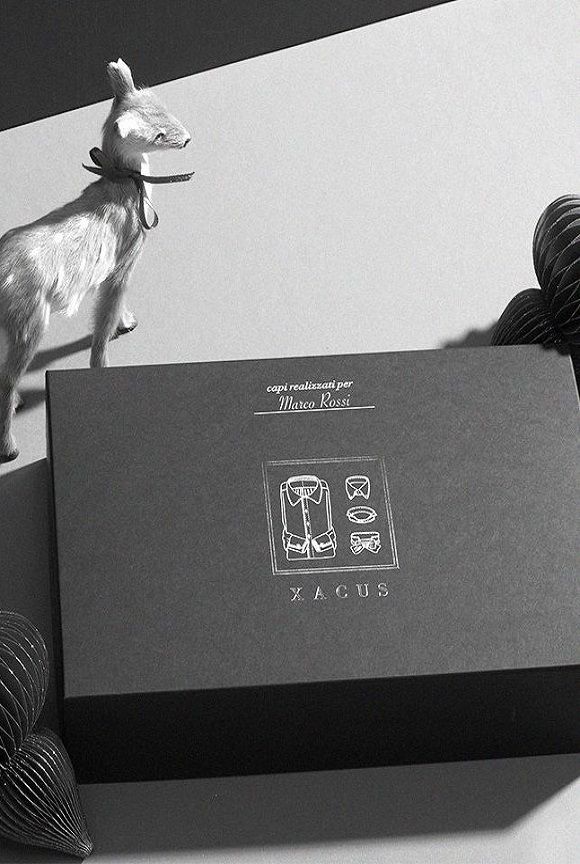It’s in the warmest months, from late Spring to early Autumn, that formal events take place. Weddings, mainly, but also other special occasions when it’s essential to wear the right outfit in order to look impeccable. But what are the defining features of a man’s formal shirt and what details should we take care over?
There are many different elements to consider, ranging from the type of fabric and the cut of the shirtand including certain essential details. The only real “must” is the colour: strictly white!
Regarding the fabrics, the choice might be twill – bright, elegant and lightweight but not too transparent – or poplin, pleasant on the skin, compact and completely breathable. Then we move on to more structured fabrics like prestigious piquet, or cotton sateen shirts for a feeling of soft elegance.
There are also anatomical elements that identify men’s formal shirts. First of all, the collar: it may be straight point collar or a spread collar or, for maximum elegance, the wing tip collar which is the favourite for tuxedo suits and with bow-tie or Ascot tie. Moreover the cuffs must require a double cufflink, an accessory that confers elegance and classical style to the whole outfit, although for more casual functions a mitred cuff may be ideal.
If we consider the occasion it’s to be used for we can distinguish three categories. The morning-dress shirt, to be worn at daytime functions or events, has a starched collar and the front is almost hidden by the Ascot tie; it can also come with a soft, turn-down collar accompanied by a classic silk tie or by a plastron-style cravat. On the other hand, a shirt with high starched collar is ideal with a tailcoat: on the front, it has a dickey – or a second layer of fabric sewn onto the front of the shirt – and cuffs with double cuff-link. And finally, for a tuxedo a wing tip collar is compulsory, with tips and pleated front, and cufflinks are essential.

